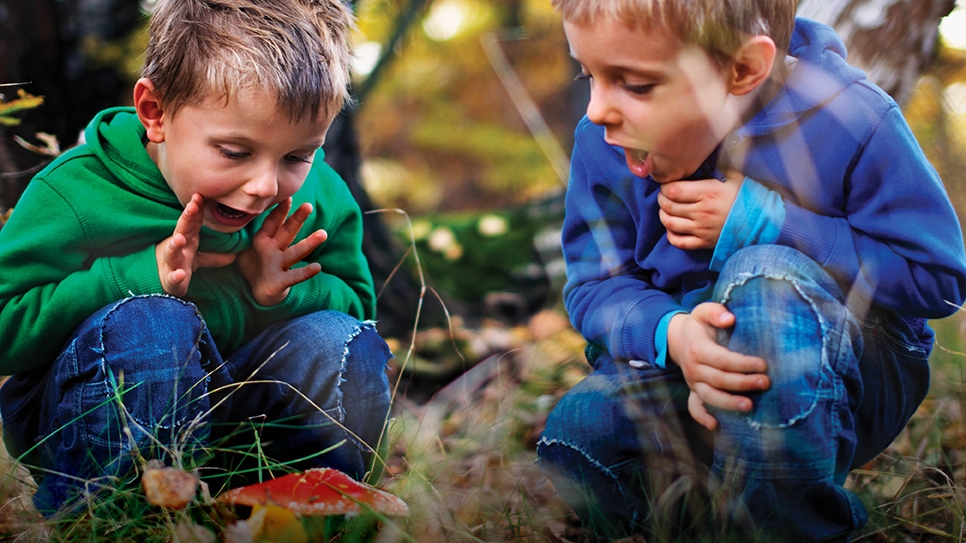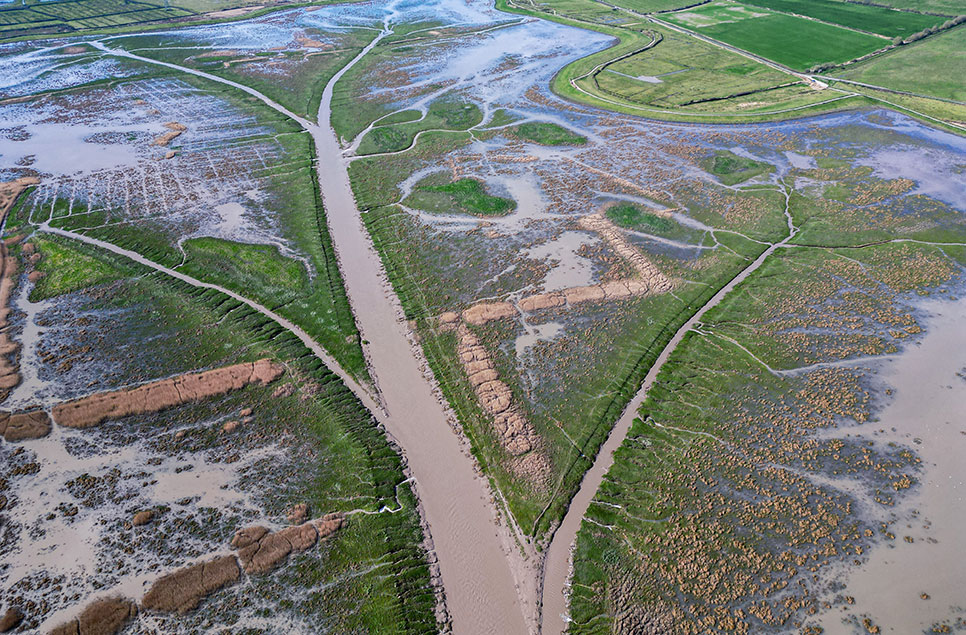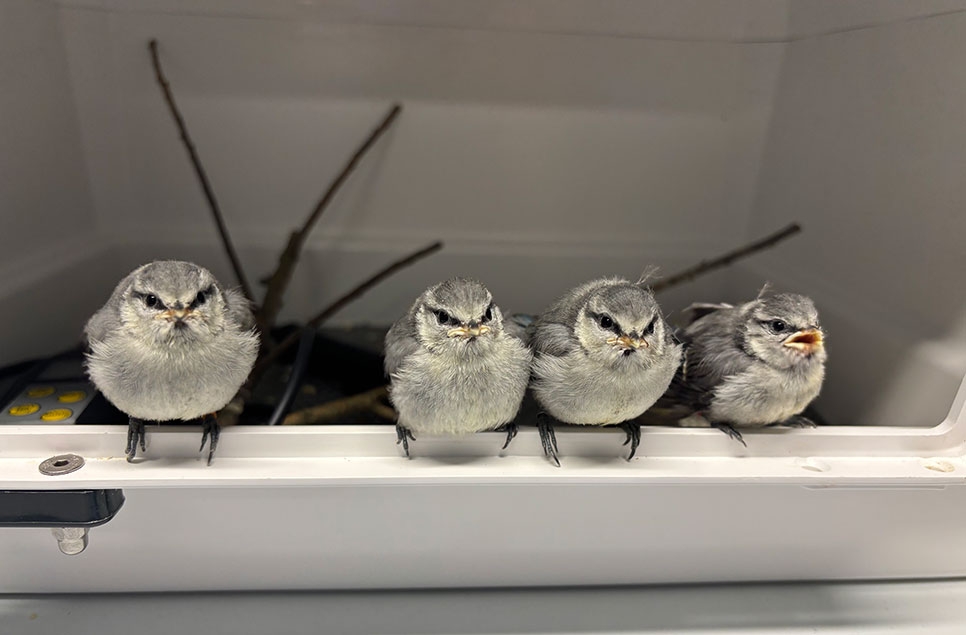New urban wetland at WWT London Wetland Centre
A new urban wetland feature at WWT London Wetland Centre is showing visitors how to use rainwater to improve their environment and for wetland wildlife
A series of ponds and planters in the courtyard capture rainfall from the visitor centre’s roofs, and use it to make mini wetlands that are good for wildlife and a lovely place for people to visit.
This type of feature reduces the risk of flood and drought because the rainwater is stored in wetlands or slowly percolates through the soil instead of flooding out onto hard surfaces or rushing down drains.
The soil also acts as a filter which cleans the rainwater before it enters our streams and rivers.
The courtyard aims to inspire people to think about how they can use rainwater falling on their own property as a resource to be used for wildlife and to improve our environment rather than a waste product to be discarded.
How it works
Rain runs down copper pipes firstly into a series of ponds. The size of the ponds compared to the roofs is calculated so that the water will slowly evaporate over time, but not enough for the ponds to run dry. Because rainwater is pure and low in additives like phosphates, it is good for plants and insects but doesn’t become stagnant or cause algal blooms.
Even in London there are often long periods between showers. WWT calculates that nearly three quarters of the rainfall captured in the pond system will return to the air through evaporation, or through plants which transpire the water the water they take up.
During heavy rain, when the ponds might fill up completely they are designed to overspill into planter areas. These have plants which thrive in conditions that are often dry but occasionally inundated with water. They include Echinacea – the same plant used in herbal remedies.
The planters too are designed to overspill after the heaviest storms, into the courtyard itself which has permeable areas and ways for water to seep into the surrounding wetland, so that the water is used positively for nature .
The ponds have a range of wetland plants and are already attracting dragonflies and other aquatic insects. WWT is about giving people an enjoyable day out close to nature. Now they can relax with in our courtyard with a coffee, surrounded by attractive mini wetlands, fed purely by rainwater.
Helping the wider environment
WWT wants to inspire people to create mini wetlands at home. It is a great way to get close to nature. Various studies show that surrounding ourselves with wildlife and water helps our health and wellbeing.
Creating wetlands and encouraging rainwater to seep into the soil also helps our wider environment. Built up areas like London are full of hard surfaces, which rainwater runs off quickly. If all the water enters our rivers quickly they burst their banks and flood houses and property. Whereas storing water in wetlands and encouraging water to seep into our soil creates an absorbent landscape that delays the passage of water to rivers and massively reduces the risk of flooding.
The WWT London Wetland Centre courtyard mimics how large wetland landscapes naturally slow down water flows and create beautiful places for people and wildlife. Anyone with a drainpipe can recreate one of these mini-wetlands, simply by thinking about how the water could be diverted and used to fill a pond and then water the garden.
People are already getting involved
The WWT London Courtyard garden has been funded by Royal Bank of Canada (RBC), the IHG Foundation and complements WWT’s new education building the Thames H20 funded by Thames Water.



